NDO - The situation of Vietnamese men and women not wanting to get married, the increasingly popular late childbearing model, the disparity in birth rates between regions, the low replacement fertility rate... are directly and deeply affecting the population size and structure and leaving many consequences.
These are the contents discussed by delegates at the workshop "Consultation on policies to maintain replacement fertility" on the morning of December 11 organized by the Department of Population ( Ministry of Health ).
There is a situation where men and women do not want to get married.
Mr. Le Thanh Dung, Director of the Department of Population, said that in recent times, Vietnam's population work has achieved encouraging results, especially in successfully controlling the rapid population growth rate, making positive contributions to the country's socio -economic construction and development.
Vietnam officially reached replacement fertility in 2006 when the total fertility rate (TFR) = 2.09 children/woman and has been very successful in maintaining fertility around replacement fertility over the past time.
This result contributed to promoting a positive shift in population structure. Vietnam entered the golden population period since 2007, creating opportunities for the economy to break through and develop rapidly. Population quality has improved in many aspects.
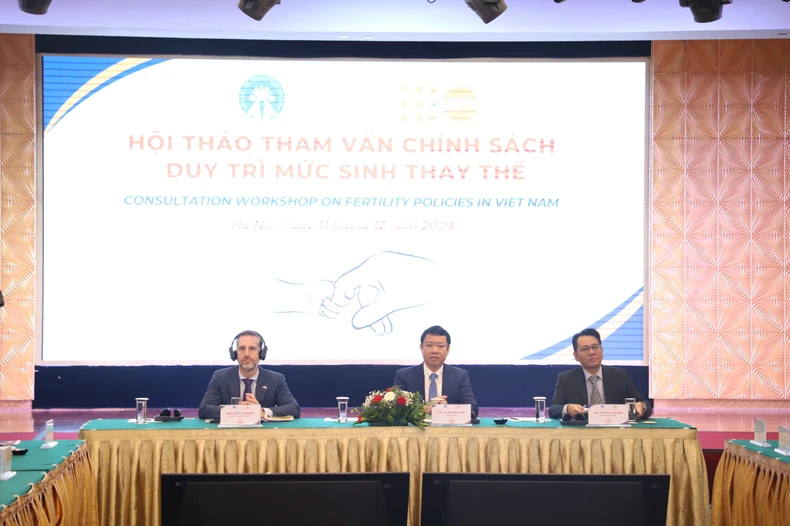 |
Conference chair. |
However, besides the advantages and opportunities that the achievements in fertility reduction in recent times have brought, Vietnam is facing new challenges: Maintaining a stable replacement fertility rate nationwide is not really sustainable, the fertility rate varies significantly between regions and groups, and there is a trend of low fertility.
The national fertility rate is trending down below the replacement level, the total fertility rate in 2023 is 1.96 children/woman, the lowest level ever and is forecast to continue to decrease in the following years.
The trend of low and very low fertility is concentrated in some urban areas with developed socio-economic conditions; by socio-economic region, currently 2/6 regions, namely the Southeast and the Mekong Delta, have low fertility rates below the replacement level.
According to the General Statistics Office, in 2023, 27/63 provinces and cities had a birth rate of less than 2.1 children/woman, with a population of 53,873,500 people, accounting for 53.7% of the country's population, showing an increasing trend in provinces with low birth rates and larger population sizes, most of which are provinces located in the key economic region of the South, highly urbanized, and with rapid economic growth.
According to the 2021 population change survey, there is a warning that Vietnamese men and women do not want to get married, the late childbearing model is becoming more and more popular, and the birth rate is different between regions...
Many consequences of low replacement fertility
In the context of continued economic growth, increasingly rapid urbanization, and increasingly deep and wide international integration, the trend of low birth rates will be further consolidated and widespread. If the birth rate continues to decrease and persist, it will directly and deeply impact the population size and structure, leaving many consequences such as labor shortage, rapid population aging and population decline, etc., greatly affecting the sustainable development of the country.
Director Le Thanh Dung said that the consultation workshop on policies to maintain replacement fertility, chaired by the Department of Population in coordination with the United Nations Population Fund, was held in the context that the Ministry of Health is studying and proposing a comprehensive policy framework on population.
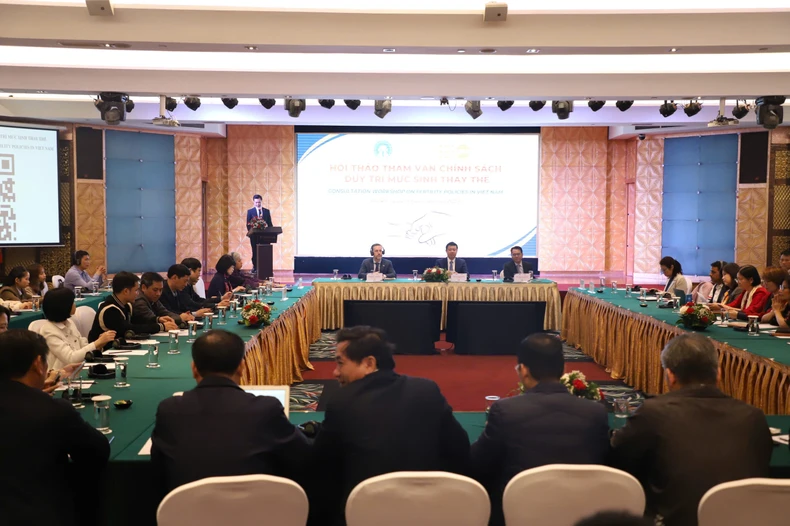 |
Overview of the workshop. |
The workshop is an opportunity for experts and central and local managers to consult and discuss the overall population policy framework; reproductive health contents according to ICPD and policy suggestions for Vietnam; refer to gender perspectives in developing policies to maintain replacement fertility, thereby providing general orientations in developing policies to maintain replacement fertility in Vietnam.
The objective of Resolution No. 21-NQ/TW dated October 25, 2017 issued by the 12th Party Central Committee requires maintaining a stable replacement fertility rate with a population of 104 million; reducing the fertility gap between rural and urban areas, mountainous areas and plains by 50%; 50% of provinces reaching the replacement fertility rate; all women aged 15-49 have convenient access to modern contraceptive methods; reducing by 2/3 the number of adolescents/young adults with unwanted pregnancies.
At the workshop, delegates focused on discussing the contents of the overall population policy framework, ensuring a replacement fertility rate appropriate to regions, areas, population groups, and population quantity and quality, focusing on the policy framework to maintain replacement fertility in Vietnam, consulting domestic and international experts and scientists to have appropriate and feasible proposals in the coming time.
Mr. Matt Jackson, UNFPA Representative, said that many countries in the world, including Vietnam, are currently witnessing a trend of declining fertility rates. According to a recent report by UNFPA, two-thirds of the world's population currently lives in countries with fertility rates below replacement level.
"Viet Nam is at a critical juncture as it prepares to develop its Population Law. This is an opportunity for us to reaffirm our commitment to promoting rights and choices for all. UNFPA stands ready to work with the Population Department and other partners to seize the opportunities of demographic change, enhance resilience and build an inclusive future for all, so that no one is left behind," said Mr. Matt Jackson.
Source: https://nhandan.vn/muc-sinh-thay-the-thap-de-lai-nhieu-he-luy-cho-co-cau-dan-so-post849782.html



![[Photo] National Assembly Chairman Tran Thanh Man receives Cambodian Senate President Hun Sen](https://vphoto.vietnam.vn/thumb/1200x675/vietnam/resource/IMAGE/2025/9/1/7a90c9b1c1484321bbb0fadceef6559b)
![[Photo] People eagerly wait all night for the parade on the morning of September 2](https://vphoto.vietnam.vn/thumb/1200x675/vietnam/resource/IMAGE/2025/9/1/0cf8423e8a4e454094f0bace35c9a392)
![[Photo] Solemn reception to celebrate the 80th anniversary of the National Day of the Socialist Republic of Vietnam](https://vphoto.vietnam.vn/thumb/1200x675/vietnam/resource/IMAGE/2025/9/1/e86d78396477453cbfab255db1e2bdb1)
![[Photo] General Secretary receives heads of political party delegations from countries attending the 80th anniversary of our country's National Day](https://vphoto.vietnam.vn/thumb/1200x675/vietnam/resource/IMAGE/2025/9/1/ad0cb56026294afcae85480562c2e790)

![[Photo] Celebration of the 65th Anniversary of the Establishment of Diplomatic Relations between Vietnam and Cuba](https://vphoto.vietnam.vn/thumb/1200x675/vietnam/resource/IMAGE/2025/9/1/0ed159f3f19344e497ab652956b15cca)








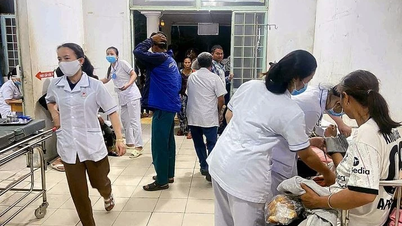






![[Photo] Chu Dau Ceramics – Proud of Vietnamese identity at Exhibition A80](https://vphoto.vietnam.vn/thumb/402x226/vietnam/resource/IMAGE/2025/9/1/c62ab2fc69664657b3f03bea2c59c90e)
![[Photo] People eagerly wait all night for the parade on the morning of September 2](https://vphoto.vietnam.vn/thumb/402x226/vietnam/resource/IMAGE/2025/9/1/0cf8423e8a4e454094f0bace35c9a392)
![[Photo] Solemn reception to celebrate the 80th anniversary of the National Day of the Socialist Republic of Vietnam](https://vphoto.vietnam.vn/thumb/402x226/vietnam/resource/IMAGE/2025/9/1/e86d78396477453cbfab255db1e2bdb1)













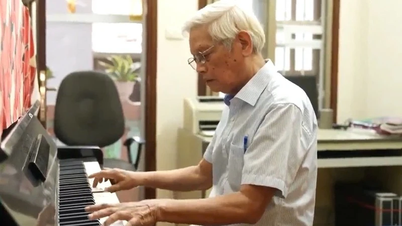


































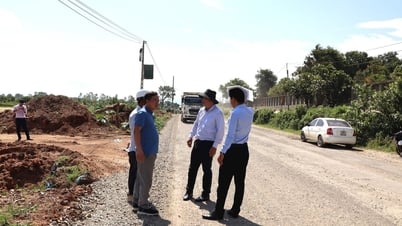


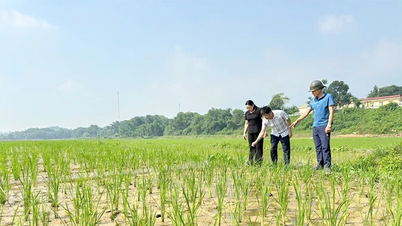










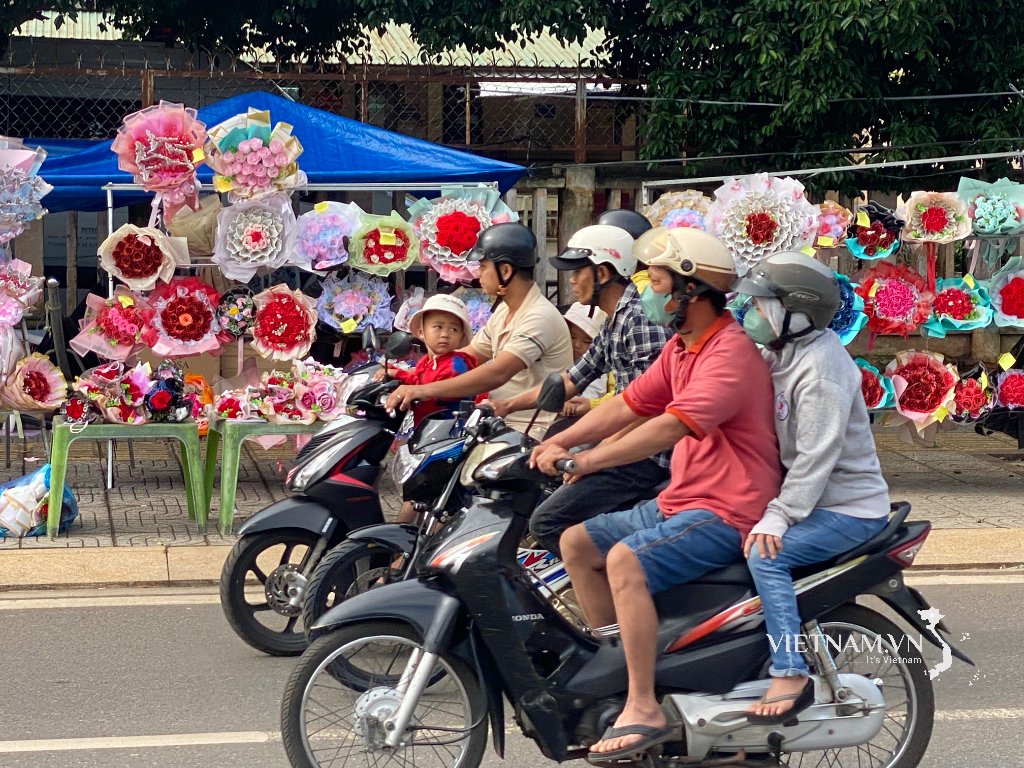



Comment (0)